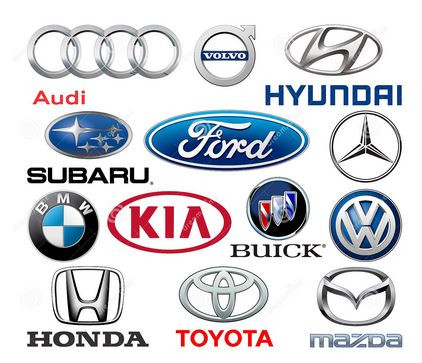
George Wilson was the first dude down these shores to import a moti, the De Dion Bouton make in 1903 when Sir Charles Elliot was the governor.
This Elliot guy was the one who ceded the ranch the Delamere family owns in Naivasha in between spearheading the policy of 'white supremacy' in Kenya since he did not cast a charitable eye on the intelligence of miros.
Facts First
This story continues on The Standard INSiDER. Subscribe now for unfiltered journalism that holds power to account.
Already have an account? Login
 The Standard Group Plc is a multi-media organization with investments in media
platforms spanning newspaper print
operations, television, radio broadcasting, digital and online services. The
Standard Group is recognized as a
leading multi-media house in Kenya with a key influence in matters of national
and international interest.
The Standard Group Plc is a multi-media organization with investments in media
platforms spanning newspaper print
operations, television, radio broadcasting, digital and online services. The
Standard Group is recognized as a
leading multi-media house in Kenya with a key influence in matters of national
and international interest.

